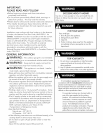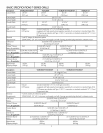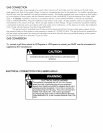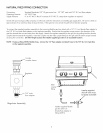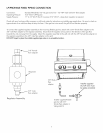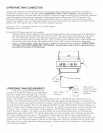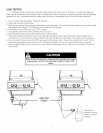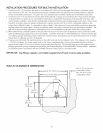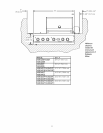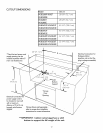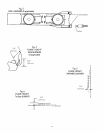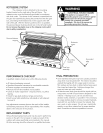Special offers from our partners!

Find Replacement BBQ Parts for 20,308 Models. Repair your BBQ today.
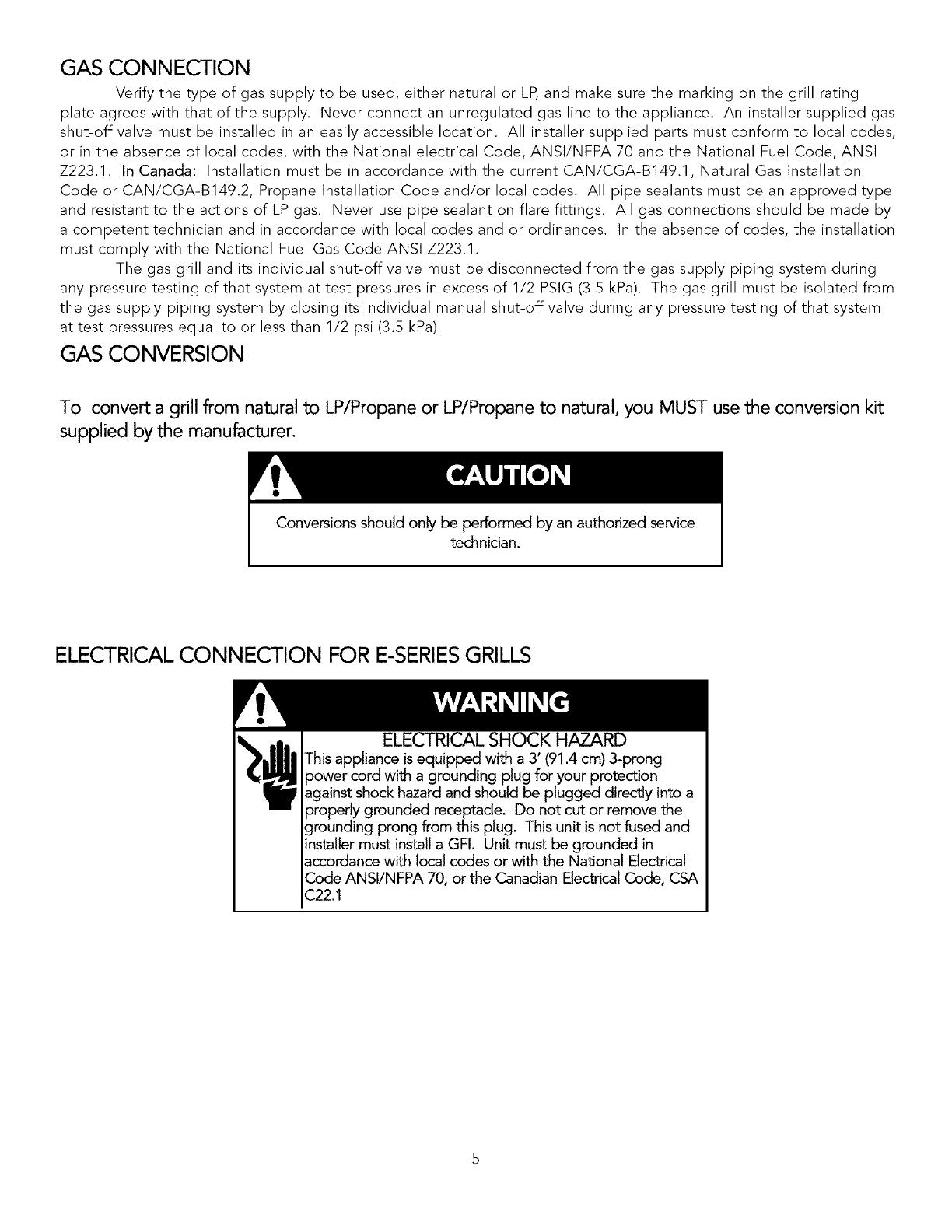
GAS CONNECTION
Verify the type of gas supply to be used, either natural or LP,and make sure the marking on the grill rating
plate agrees with that of the supply. Never connect an unregulated gas line to the appliance. An installer supplied gas
shut-off valve must be installed in an easily accessible location. All installer supplied parts must conform to local codes,
or in the absence of local codes, with the National electrical Code, ANSI/NFPA 70 and the National Fuel Code, ANSI
Z223.1. In Canada: Installation must be in accordance with the current CAN/CGA-B142.l, Natural Gas Installation
Code or CAN/CGA-B149.2, Propane Installation Code and/or local codes. All pipe sealants must be an approved type
and resistant to the actions of LP gas. Never use pipe sealant on flare fittings. All gas connections should be made by
a competent technician and in accordance with local codes and or ordinances, in the absence of codes, the installation
must comply with the National Fuel Gas Code ANSI Z223.1.
The gas grill and its individual shut-off valve must be disconnected from the gas supply piping system during
any pressure testing of that system at test pressures in excess of 1/2 PSIG (3.5 kPa). The gas grill must be isolated from
the gas supply piping system by closing its individual manual shut-off valve during any pressure testing of that system
at test pressures equal to or less than 1/2 psi (3.5 kPa).
GAS CONVERSION
To convert a grill from natural to LP/Propane or LP/Propane to natural, you MUST use the conversion kit
supplied by the manufacturer.
Conversions should only be performed by an authorized service
technician.
ELECTRICAL CONNECTION FOR E-SERIESGRILLS
ELECTRICAL SHOCK HAZARD
This appliance isequipped with a 3' (91.4 cm) 3-prong
with a grounding plug for your protection
ainst shock hazard and should be plugged directly into a
rounded receptacle. Do not cut or remove the
prong from this plug. This unit is not fused and
installer must install a GFI. Unit must be grounded in
accordance with local codes or with the National Electrical
Code ANSI/NFPA 70, or the Canadian Electrical Code, CSA
C22.1




